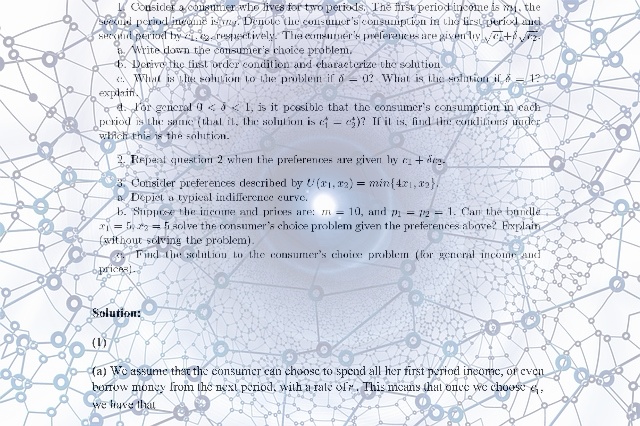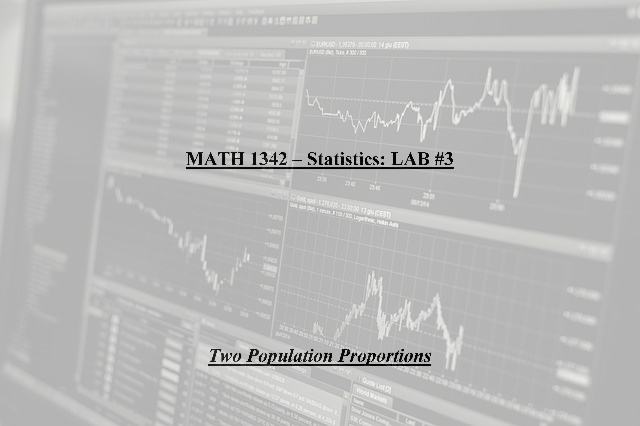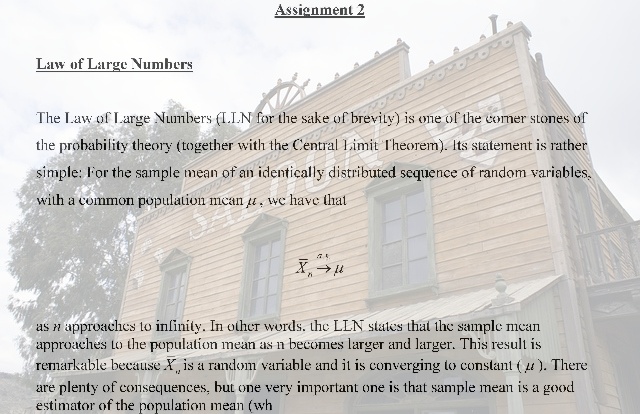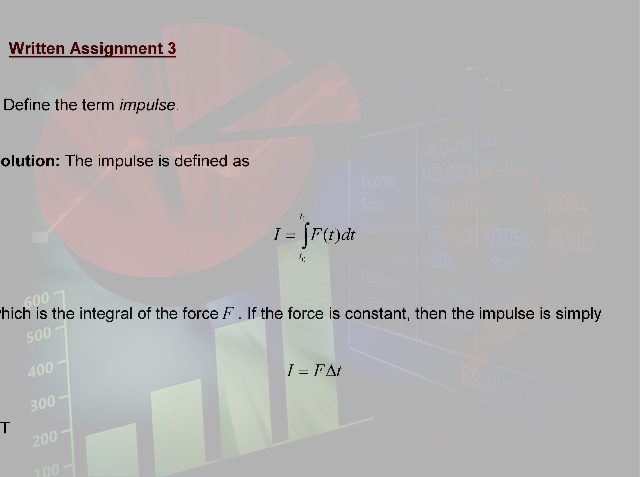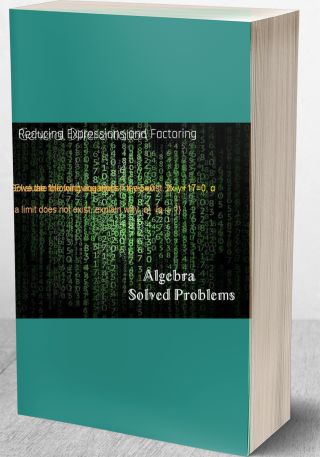(Solved) second period by c1, c2, respectively. The consumer's - #80115
Question 1: Consider a consumer who lives for two periods. The first period income is m1, the
second period income is m2. Denote the consumer's consumption in the first period and
second period by c1, c2, respectively. The consumer's preferences are given by .
a. Write down the consumer's choice problem.
b. Derive the first order condition and characterize the solution.
c. What is the solution to the problem if = 0? What is the solution if = 1? explain.
d. For general 0 < < 1, is it possible that the consumer's consumption in each period is the same (that it, the solution is )? If it is, find the conditions under
which this is the solution.
Question 2: Repeat question 1 when the preferences are given by .
Question 3: Consider preferences described by .
a. Depict a typical indifference curve.
b. Suppose the income and prices are: m = 10 and p1 = p2 = 1. Can the bundle
x1 = 5, x2 = 5 solve the consumer's choice problem given the preferences above? Explain
(without solving the problem).
c. Find the solution to the consumer's choice problem (for general income and
prices).Solution:

Deliverable: Word Document
 and pdf
and pdf